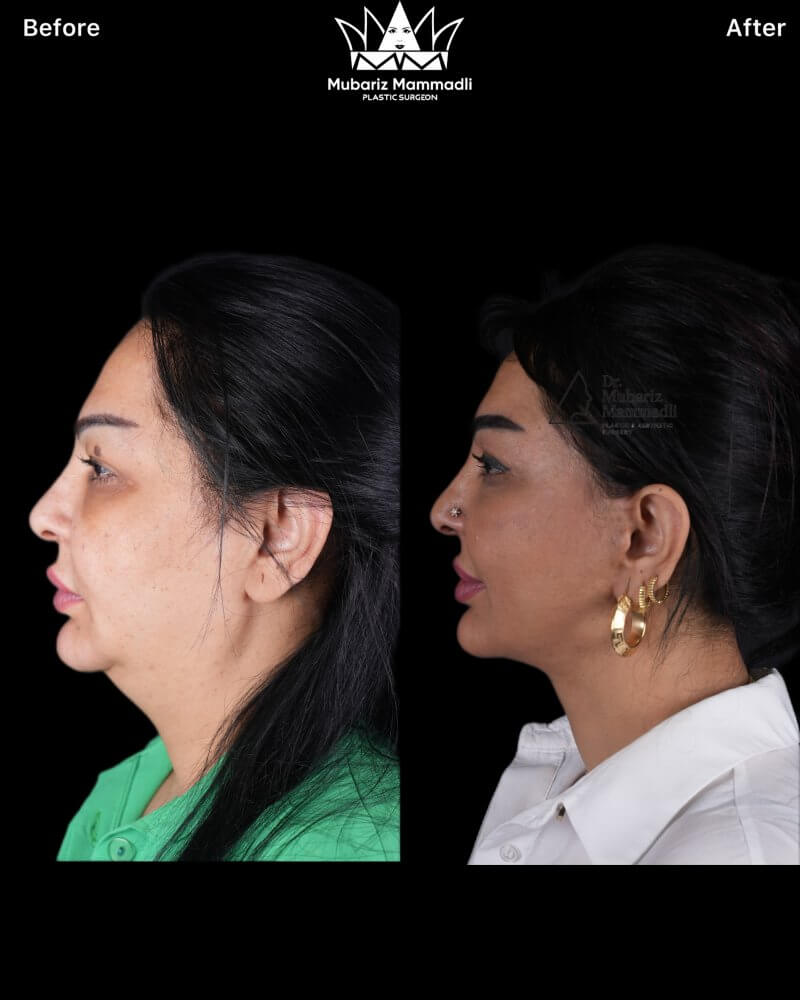Contents
- Michael Jackson Skin Color: The Truth Behind His Transformation
- Bella Hadid Before and After: What Cosmetic Procedures Has She Had?
- Scars After a Deep Plane Facelift
- Non-Surgical Facelift with Morpheus8: Advanced Skin Tightening
- Kesselring’s Lip Surgery ( Direct lip Lift)
- “Preservation Deep Plane Facelift™ by Dr. Mubariz” Natural, long-lasting rejuvenation using the most advanced anatomical techniques.
- From Hidden to Honored: A Neckline That Reflects Your True Self
- Azerbaijani Aesthetic Surgery on the Global Stage-Dr.Mubariz Mammadli
- Neck Lift Surgery cost, before and after, scars & more
 Scars After a Deep Plane Facelift
Scars After a Deep Plane FaceliftNatural Healing, Minimal Visibility
One of the most common concerns patients have before facelift surgery is scarring. With the deep plane facelift technique, incisions are carefully placed in the natural curves around the ear, hairline, and sometimes under the chin. Because these incisions follow natural skin creases and are closed with delicate suturing, scars usually heal discreetly and become barely noticeable over time.
Why Deep Plane Facelift Scars Are Different
Unlike older facelift methods that relied heavily on skin tension, the deep plane approach repositions deeper facial layers and muscles. This means the skin is not pulled unnaturally tight, reducing stress on incision lines. As a result, scars tend to be thinner, softer, and less visible.
Scar Maturation Timeline
- First weeks: Incisions may appear pink and slightly raised.
- 3–6 months: Scars begin to fade, flatten, and blend with the surrounding skin.
- 1 year and beyond: In most patients, scars are almost invisible and hidden within natural folds or hairlines.
How to Optimize Scar Healing
Patients can further improve results by following post-operative care instructions:
- Protecting scars from sun exposure with SPF.
- Using silicone gels or sheets as recommended.
- Avoiding smoking, which slows healing.
- Regular follow-up visits with the surgeon to monitor progress.
The Takeaway
With expert technique and proper aftercare, scars from a deep plane facelift are minimal, well-hidden, and continue to fade over time—leaving patients with a natural, rejuvenated look without visible signs of surgery.